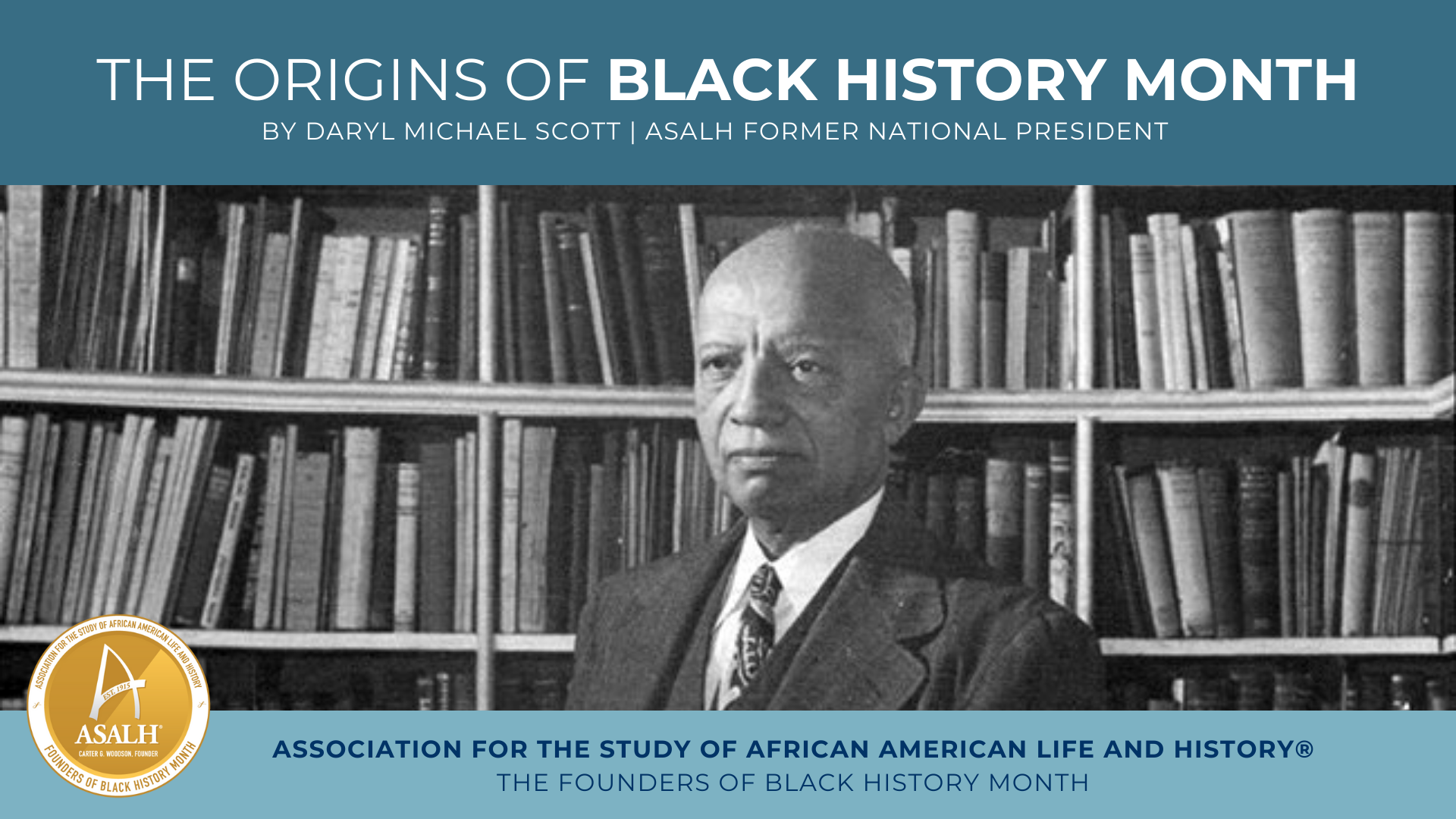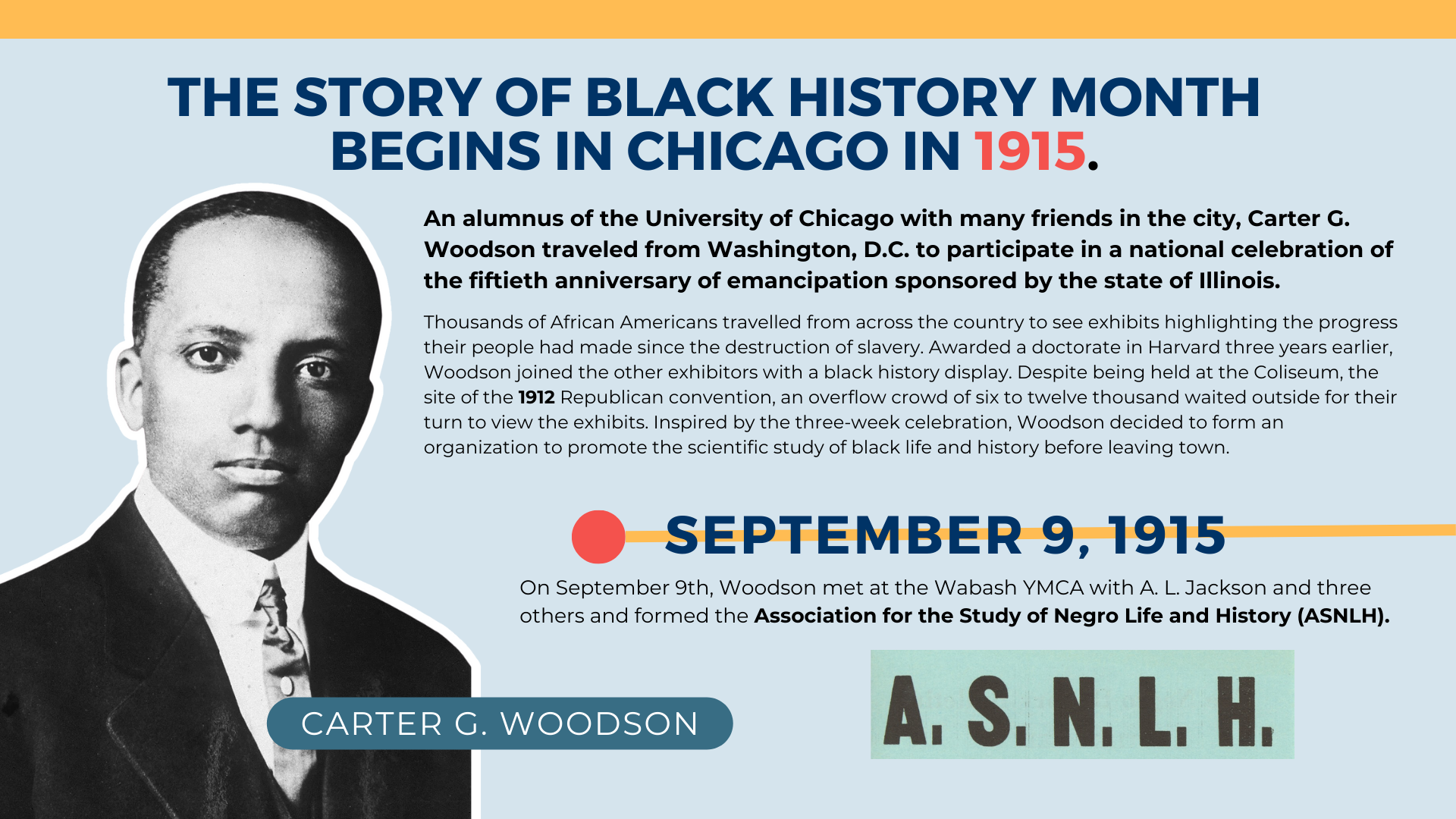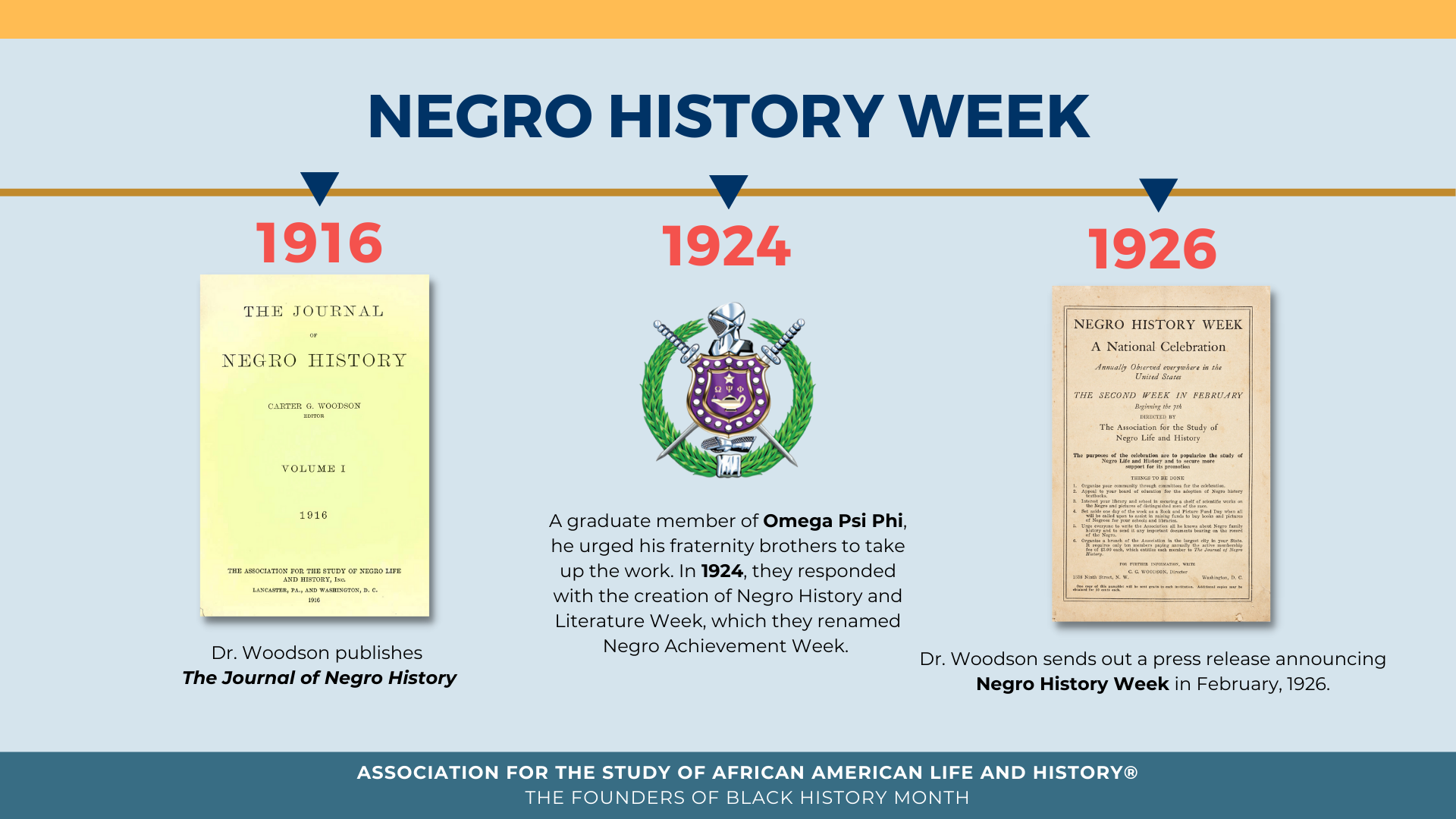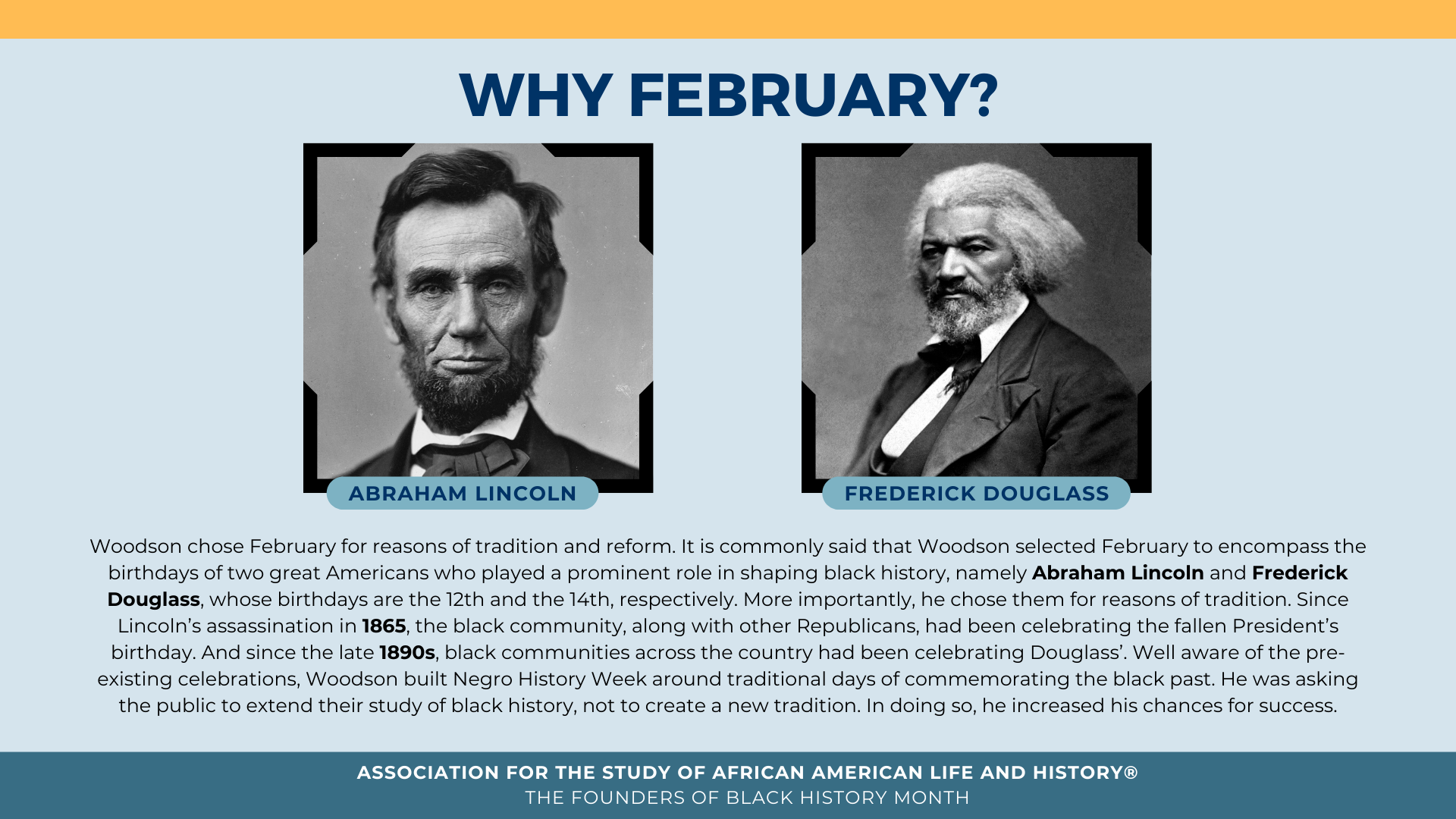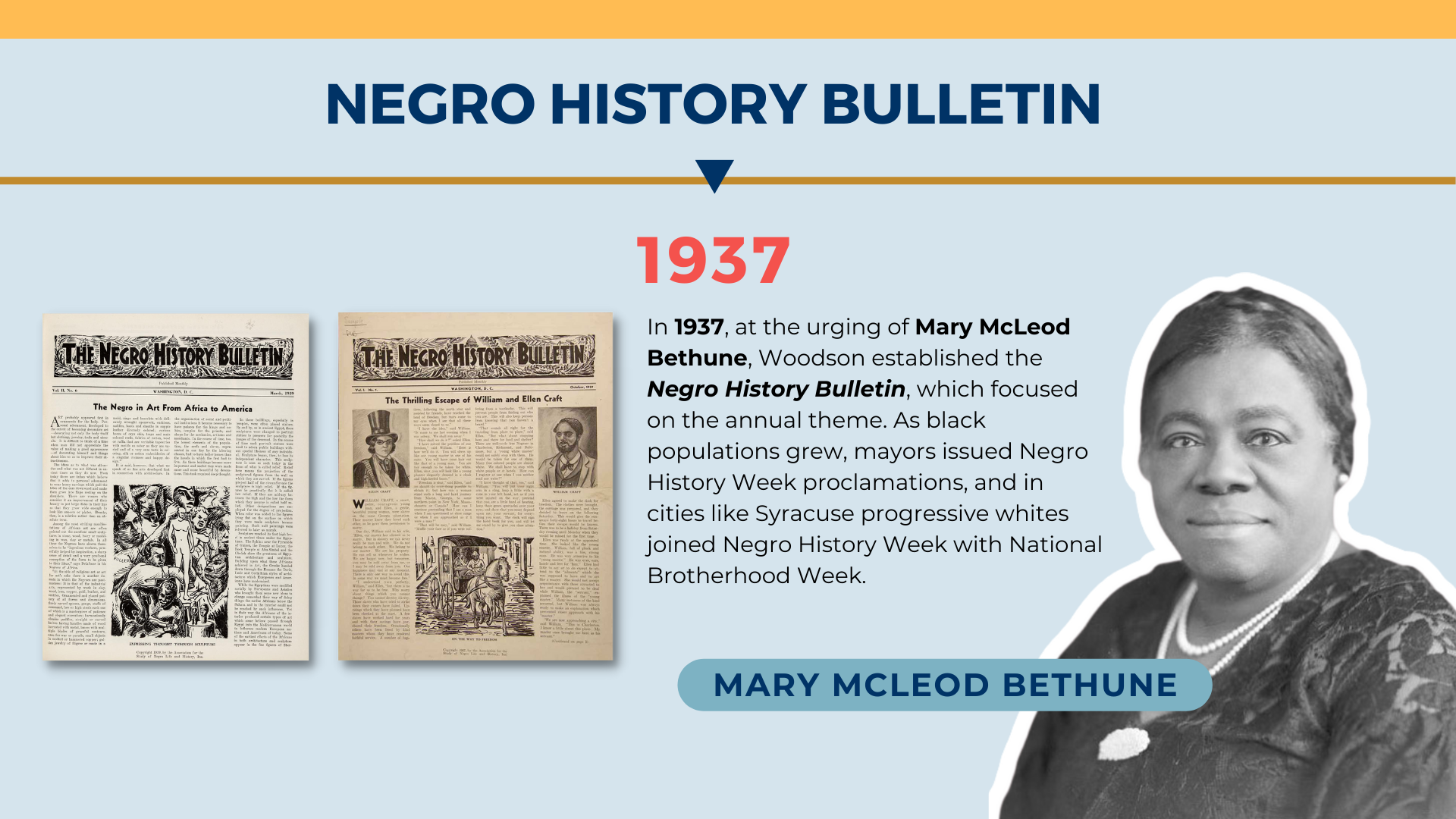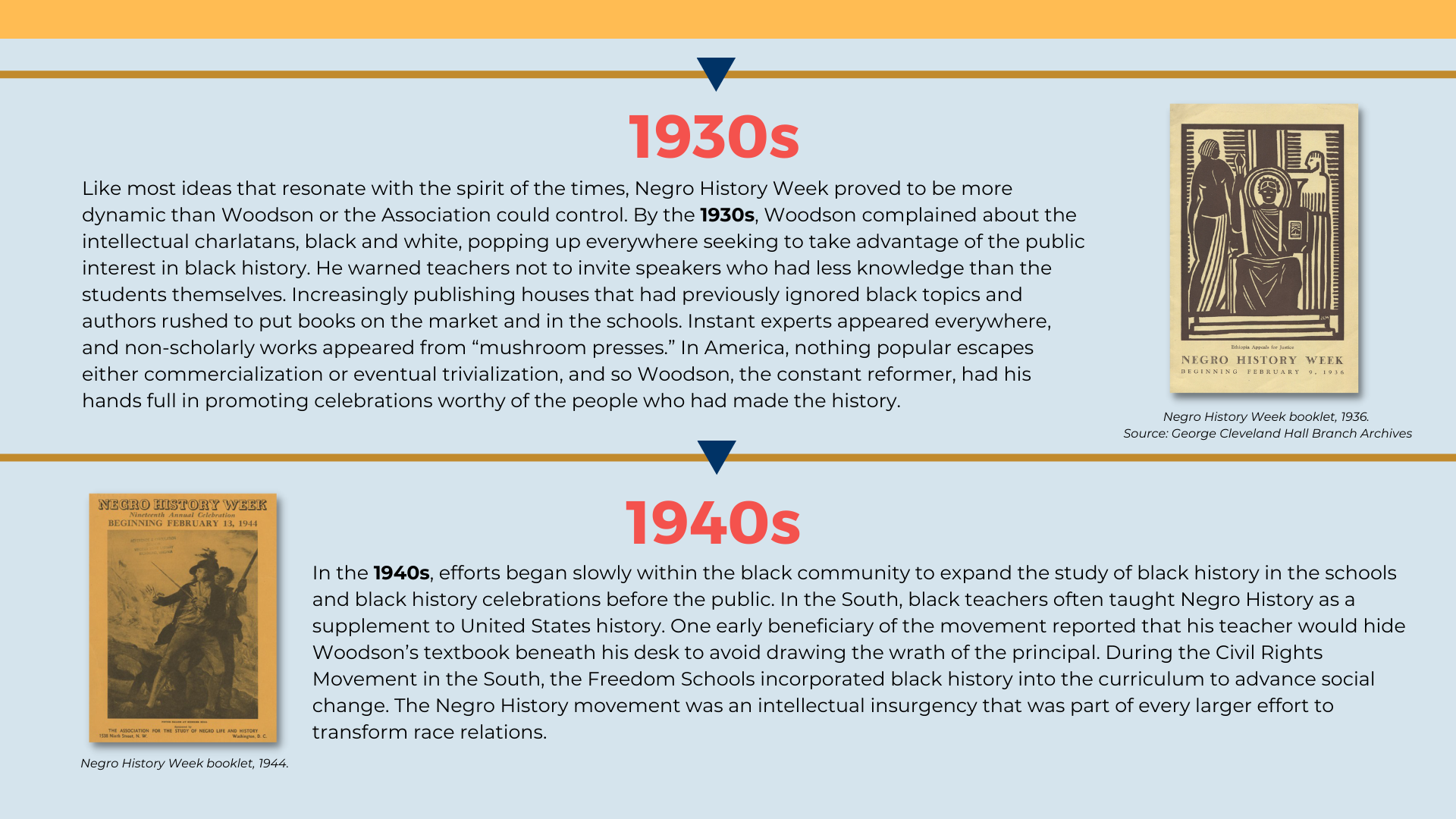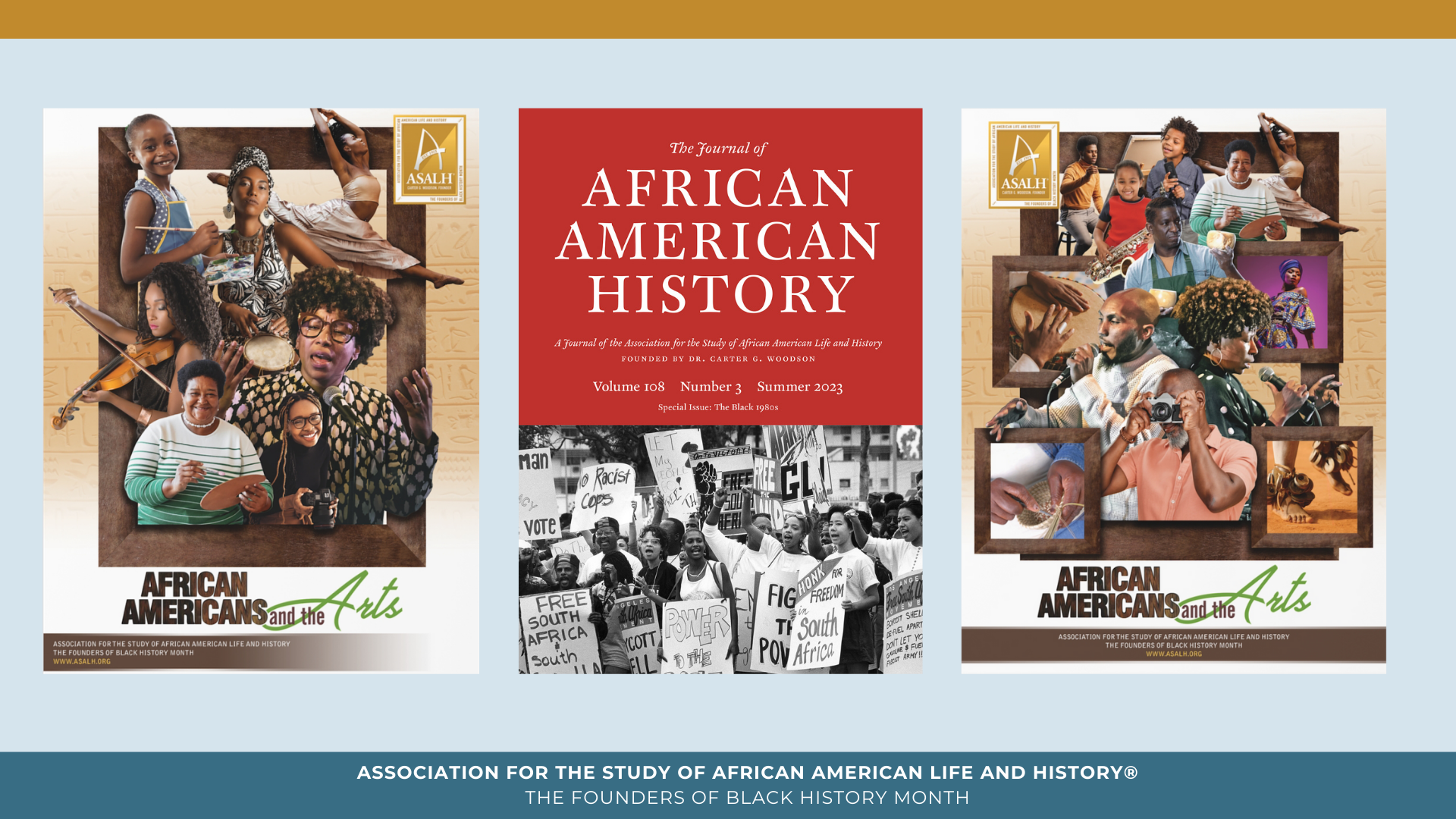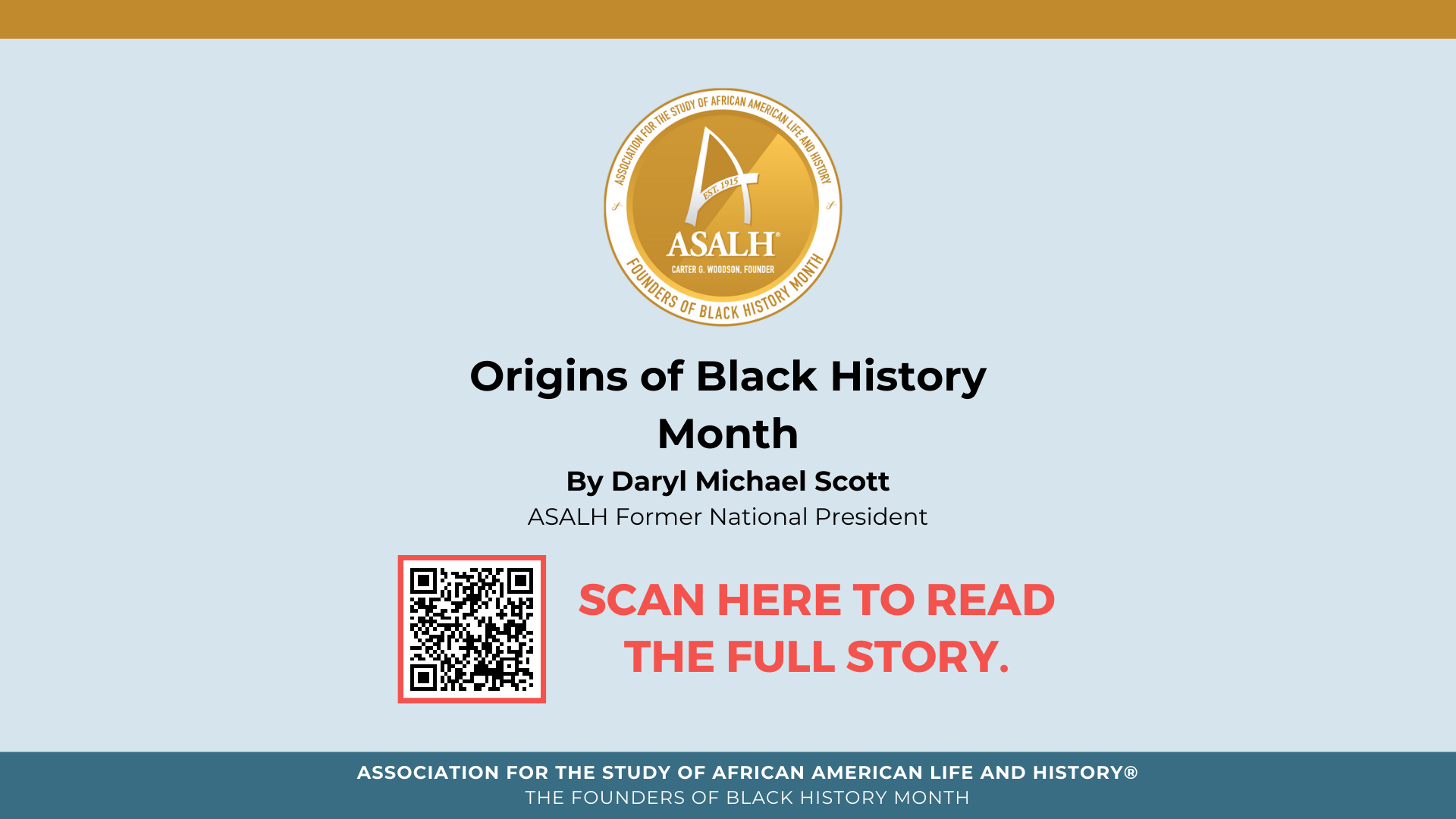The Origins of Black History Month
WRITTEN BY Daryl Michael Scott | ASALH Former National President
The story of Black History Month begins in Chicago during the summer of 1915. An alumnus of the University of Chicago with many friends in the city, Carter G. Woodson traveled from Washington, D.C. to participate in a national celebration of the fiftieth anniversary of emancipation sponsored by the state of Illinois. Thousands of African Americans travelled from across the country to see exhibits highlighting the progress their people had made since the destruction of slavery. Awarded a doctorate in Harvard three years earlier, Woodson joined the other exhibitors with a black history display. Despite being held at the Coliseum, the site of the 1912 Republican convention, an overflow crowd of six to twelve thousand waited outside for their turn to view the exhibits. Inspired by the three-week celebration, Woodson decided to form an organization to promote the scientific study of black life and history before leaving town. On September 9th, Woodson met at the Wabash YMCA with A. L. Jackson and three others and formed the Association for the Study of Negro Life and History (ASNLH).

What is Black History Month?
Black History Month is an annually observed month-long celebration of African American life, History, and culture. Founded by Dr. Carter G. Woodson in February 1926, what was Formerly known as Negro History Week became a month-long celebration as a way to promote, research, preserve, interpret, and disseminate information about Black life, History, and culture to the global community.
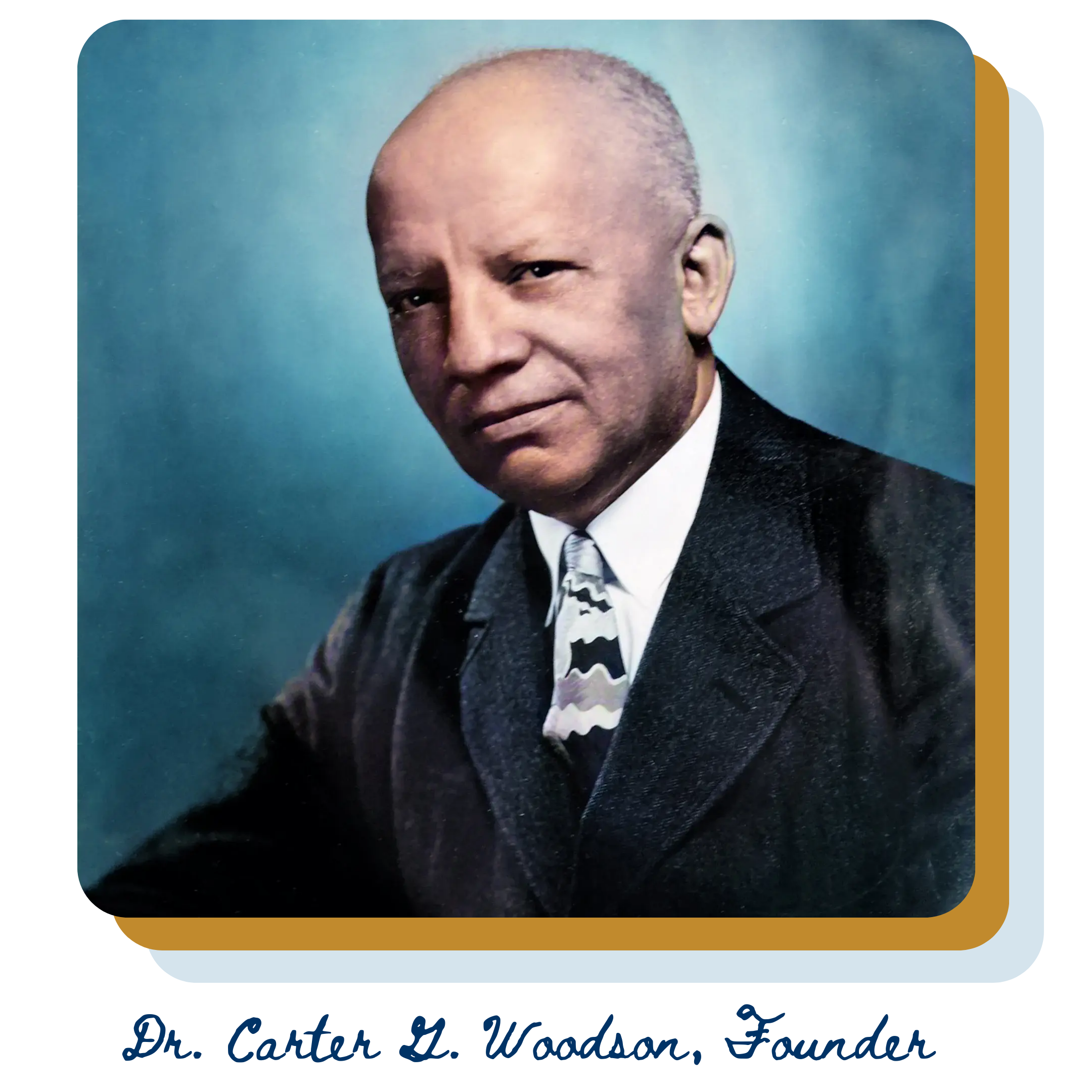
Why February?
Each year the question is asked: Why does Black History Month occur in February? The relevance of February goes back to 1926, when ASALH’s founder Dr. Carter G. Woodson first established “Negro History Week” during the second week of February. And why that week? Because it encompasses the birthdays of Abraham Lincoln and Frederick Douglass—both men being great American symbols of freedom.
Woodson chose February for reasons of tradition and reform. It is commonly said that Woodson selected February to encompass the birthdays of two great Americans who played a prominent role in shaping black history, namely Abraham Lincoln and Frederick Douglass, whose birthdays are the 12th and the 14th, respectively. More importantly, he chose them for reasons of tradition. Since Lincoln’s assassination in 1865, the black community, along with other Republicans, had been celebrating the fallen President’s birthday. And since the late 1890s, black communities across the country had been celebrating Douglass’. Well aware of the pre-existing celebrations, Woodson built Negro History Week around traditional days of commemorating the black past. He was asking the public to extend their study of black history, not to create a new tradition. In doing so, he increased his chances for success.
However, Woodson never confined Negro History to a week. His life’s work and the mission of ASALH since its founding in 1915 represent a living testimony to the year-round and year-after-year study of African American history.


How to Celebrate Black History Month

Explore Black history.
Learn about Black history by exploring your local community, reading books by Black authors, and visiting Black or African-American history museums.

Read books or stories written by Black authors.
Explore a captivating collection of books by talented Black writers on ASALH’s Author’s Bookshelf. Discover unique perspectives and rich narratives reflecting diverse experiences and cultural histories.

Support Black-owned businesses.
By choosing to shop from Black-owned businesses, you contribute to greater diversity in the marketplace and help create opportunities for underrepresented communities. Consider exploring local shops, restaurants, and services to uplift these valuable businesses.

Learn about Black leaders.
Learn about influential Black leaders who have shaped history and continue to inspire. Follow ASALH on social media that highlights the legacies of Black leaders through its Black Facts posts, which celebrate the achievements and impact of these pivotal figures.

Watch films and documentaries created by Black filmmakers.
Explore an array of films and documentaries by talented Black filmmakers on ASALH TV. Discover diverse narratives that celebrate the rich experiences, cultures, and histories of the Black community. Be sure to check out highlights from previous ASALH Film Festivals, showcasing powerful stories and perspectives.

Organize educational events.
Plan interactive history lessons, social activism projects, and other activities. Social Justice at ASALH focuses on the community, bringing practical knowledge and theories learned through the lived experience of activists and oppressed groups that are often overlooked or discounted inside the academy.

Commit to beyond February.
Make a strategic commitment to Black History Month, and don’t limit your efforts to just February. Consider making a monthly donation to ASALH.

